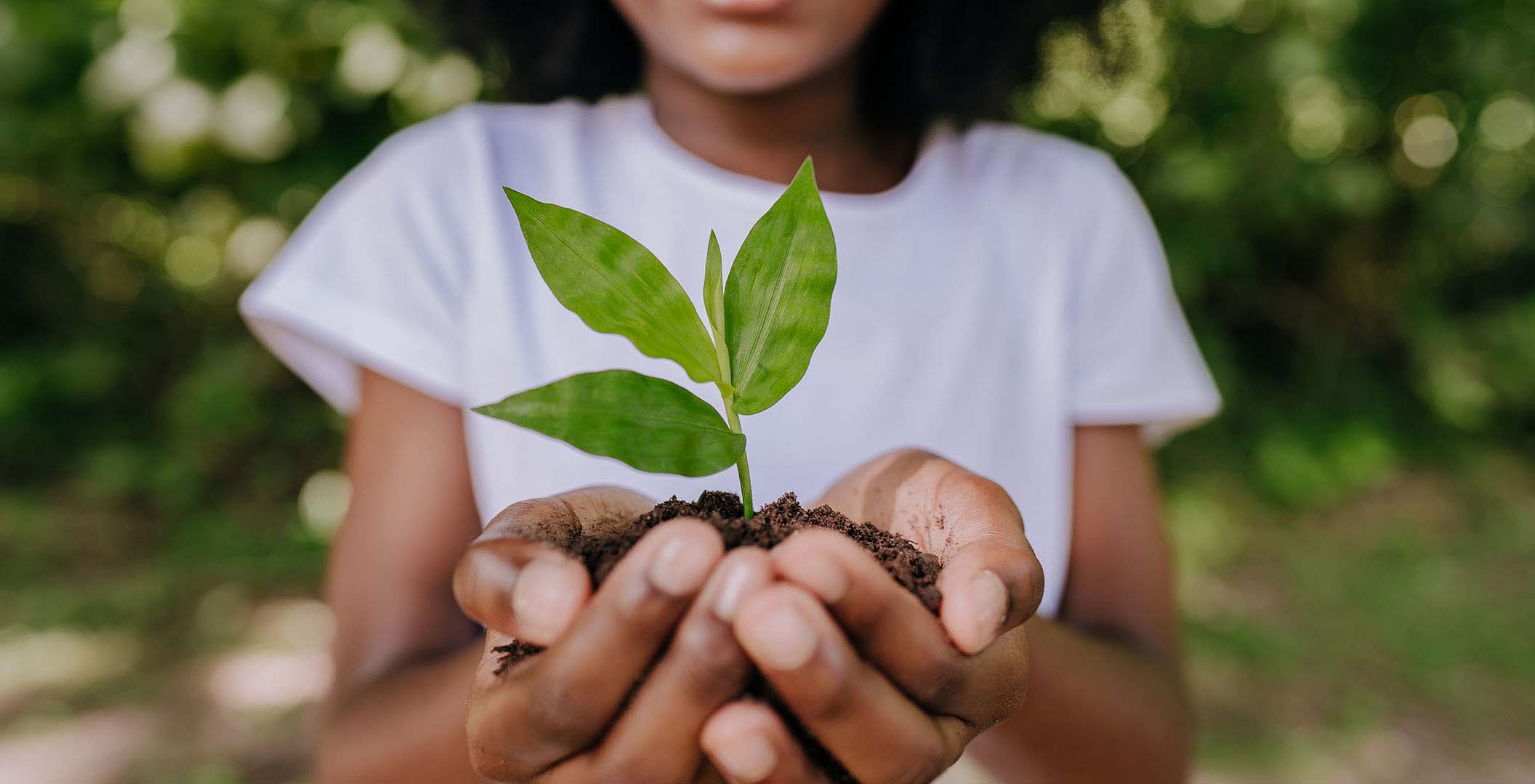Using Behavior Change to Create Earth Day Level Action Every Day

But mitigating and adapting to climate change demands sustained changes in daily behavior – Earth Day, every day.
Last month’s BE.Hive: Climate Change Needs Behavior Change summit – organized by Rare and National Geographic – brought together climate experts, behavioral scientists, business leaders and academics to explore opportunities for shifting behavior to reduce our environmental footprint.
Considering the magnitude, complexity and uncertainty, leading behavioral scientist Daniel Kahneman called climate change “a problem that the mind is not equipped to deal with.” By applying behavioral science insights to how we communicate about climate change, however, we can fill in the blanks, nudge people in the right direction and generate action.

Create value through imagery
Data is considerably less meaningful and memorable than images and stories with which we can relate. To change behaviors, present the problem and desired action in ways that are concrete, tangible and relatable. Australian renewable energy company, Epuron, effectively used this strategy to boost public opinion of wind energy by personifying the wind.
Reference social norms
Social norms – the standards we use to judge the appropriateness of our actions – are powerful tools for shaping behavior. The energy company Opower, for example, promoted energy conservation by providing each customer information on how much energy their neighbors were using. Another strategy to inspire sustainable behavior is through dynamic norms – indicate that a new norm is forming. In one study, Stanford researchers found that people are twice as likely to order a vegetarian meal after reading how some people have already started limiting their meat consumption.
Pair fear with action
Make it personal and actionable
Rare and Project Drawdown identified seven actions, which if adopted by just 10 percent of Americans, would reduce our greenhouse gas emissions enough to hit our target under the Paris Agreement. Now with 59 percent of Americans reporting that climate change is currently affecting their local community, strong communications can move the needle by making climate change personal and actionable.






